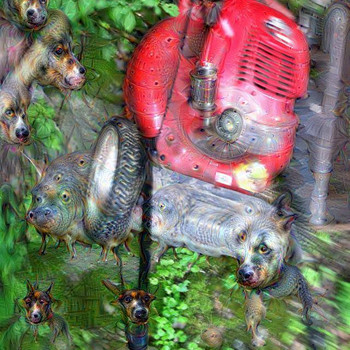Why would the pressure in a container of gas rise 2.56 kPa if temperature remains the same?
1 Answer
There are a couple of things that can change the pressure of an ideal gas inside a closed space. One is temperature, another is the size of the container, and the third is the number of molecules of the gas in the container.
This is read: the pressure times the volume equals the number of molecules times Rydberg's constant times the temperature. First, let's solve this equation for pressure:
Let's first presume that the container is not changing in volume. And you said that the temperature was held constant. Rydberg's constant is also constant. Since all of these things are constant, lets simplify with some number
And then the ideal gas law for a system constrained to constant volume and temperature looks like this:
Since we know that C will never change, the only thing that can change the value of p is a change in n. For the pressure to increase, more gas must be added to the container. A larger number of molecules (
If no gas is getting in or out of the container, then we must explain a change in pressure some other way. Suppose that we hold n and T constant.
We can then write the ideal gas law like this:
Since we cannot change D in this setup, the only way that the pressure can change is if the volume changes. I'll leave it as an exercise for the student to determine if an increase in volume will increase or decrease the pressure.

